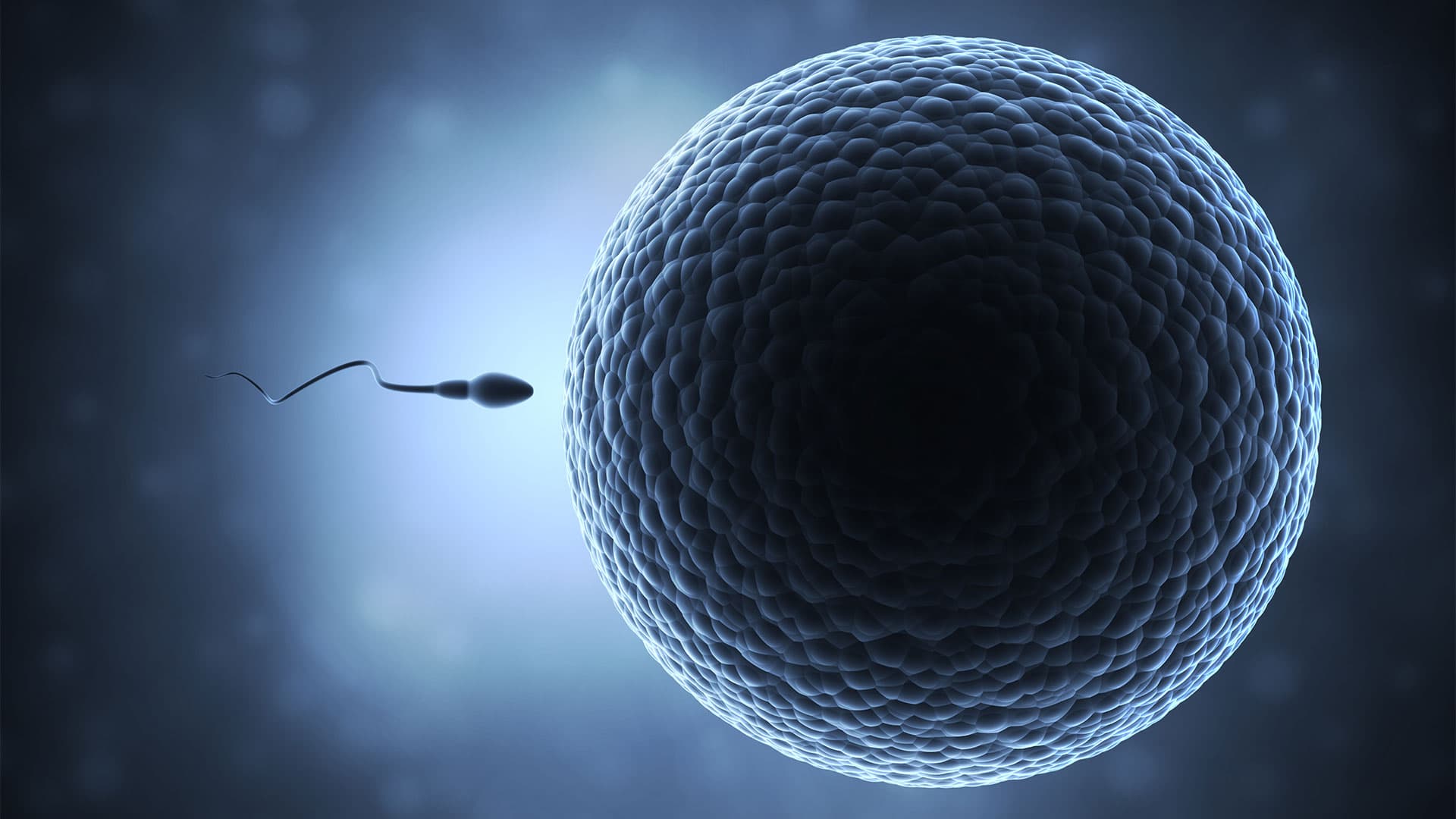Introducing the mammalian parthenogenote
The first mammals were just produced without a fertilized egg; however, before you get too overly excited, neither were they produced with just the sperm. Instead, researchers from the University of Bath used a substitute for the fertilized egg — a modified, inactive mouse embryo or a parthenogenote.
Essentially, the parthenogenetic embryo is an egg that was "tricked" into becoming an embryo without prior fertilization. It's not the first time this was done. Previous attempts, however, led to the embryo dying after just a few days.
The Bath researchers managed to keep the parthenogenetic embryo alive by bathing mouse egg cells with a salt called strontium chloride (SrCl2). It's a chemical compound that prevents parthenogenetic embryos from going into a state of arrest, as previously discovered.
Toru Suzuki et al., 2016/Nature Communications
Basically, the team took mouse eggs, and they used chemicals in order to trick them into developing.
"[F]or the egg to be ‘tricked’ into initiating parthenogenetic development, one has to remove the activity that keeps it arrested in the meiotic cell cycle, and that, in effect, is what the SrCl2 does,” Tony Perry, lead researcher, explained to Gizmodo.
The resulting parthenogenote was injected with mouse sperm nuclei, initiating fertilization, and then the researchers worked on planting these into surrogates.
The work has been published in Nature Communications.
Challenging conventions
The parthenogenetic mice were able to grow normally and even reproduce, having regularly conceived baby mice of their own. The researchers are not quite sure of how the sperm genome was reprogrammed in these cases, which is an area for further studies.
Toru Suzuki et al., 2016
While there is no evidence that suggests that the same thing can apply to human embryos (yet), the researchers believe that is very likely. To that end, it will take some years of study, but it ultimately means that, one day, men and women may become capable of self-fertilization. We could also use these methods to save species that are on the brink of extinction.
It would certainly challenge long-held conventions, including the conclusion that all mammals develop from eggs, a notion introduced in 1827 by biologist Karl Ernst Ritter von Baer and held until today.
For now, the researchers look to applying their study for treating infertility and other reproductive issues.
Share This Article
